biomedtechguy
Accelerati Rapidus Maximus
- Local time
- 9:52 PM
- Joined
- Mar 28, 2014
- Messages
- 35,871
- Reaction score
- 59,503
- Location
- South Louisiana
Not to hijack, but the full boat CalTracks setup is around $1,600 IIRC and the Street Lynx system with Viking double adjustable coil overs is $2k-$2,100. I understand that many are running great times w/the CalTracks, but my thinking is spend the extra $500 and get the best rear suspension from both an engineering AND functional perspective.
Am I wrong/missing something in my thoughts?
Am I wrong/missing something in my thoughts?

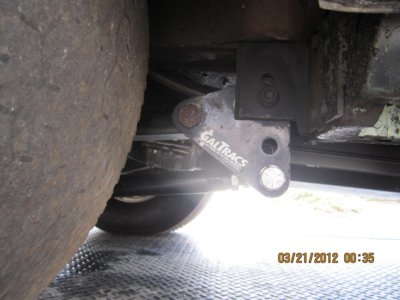
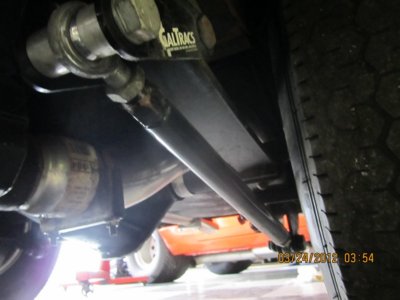

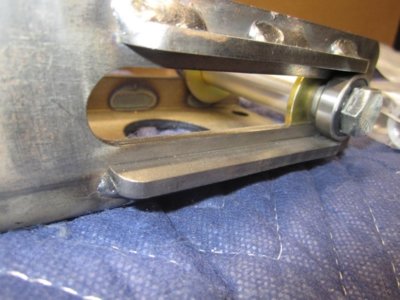
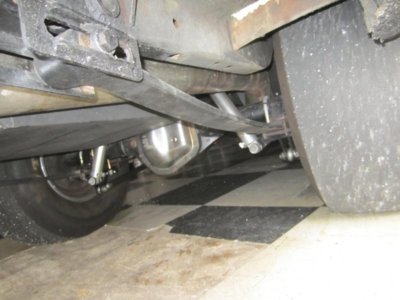
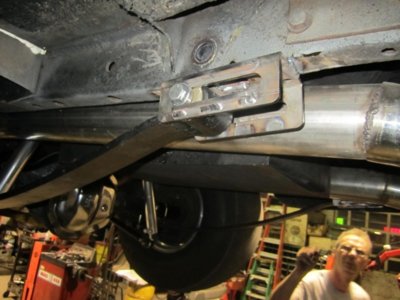
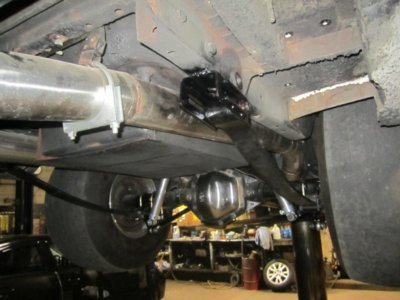
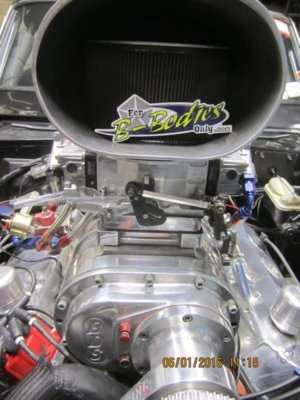

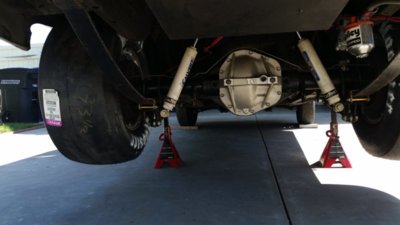

 FBBO Forum members
FBBO Forum members 














